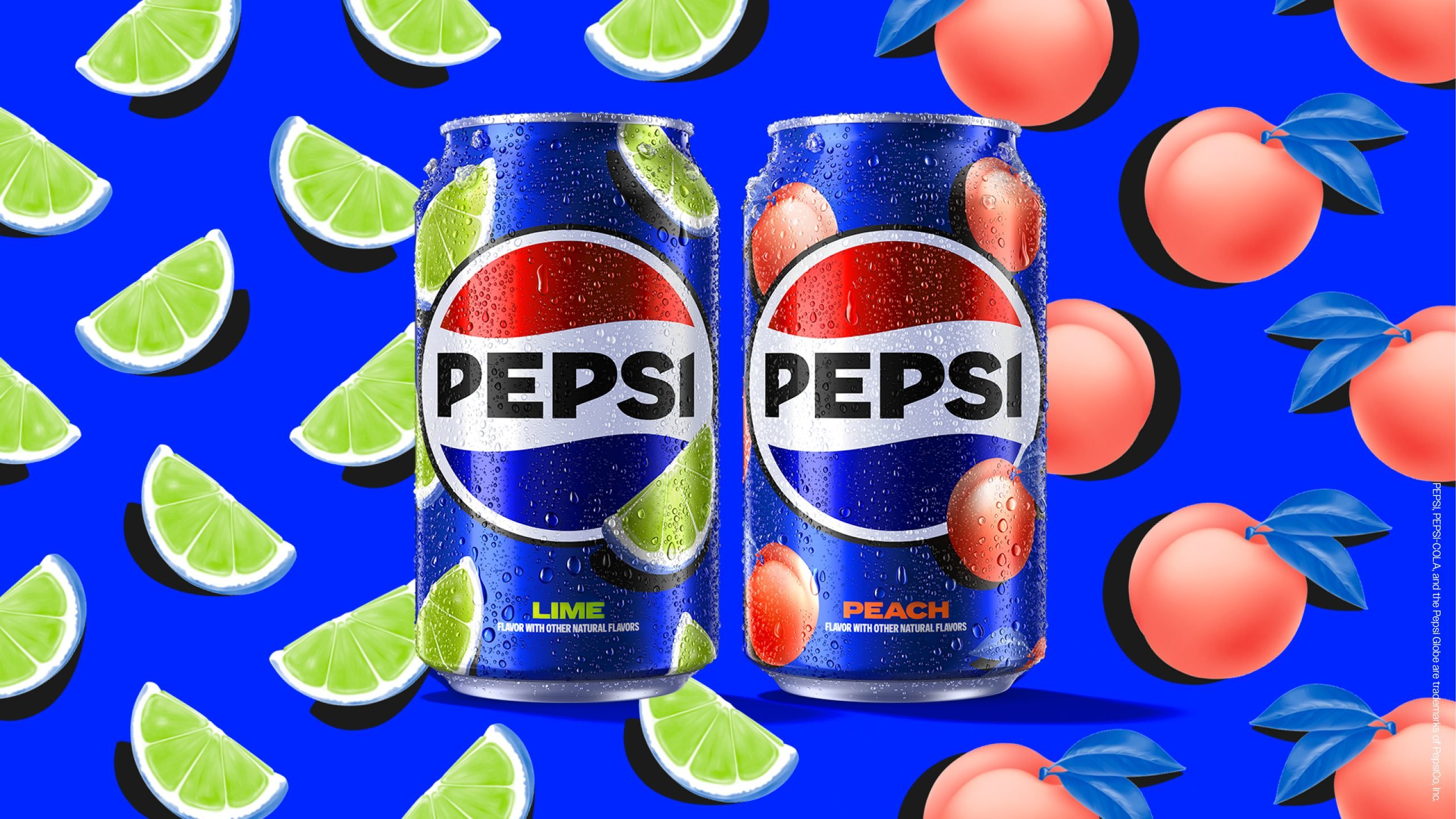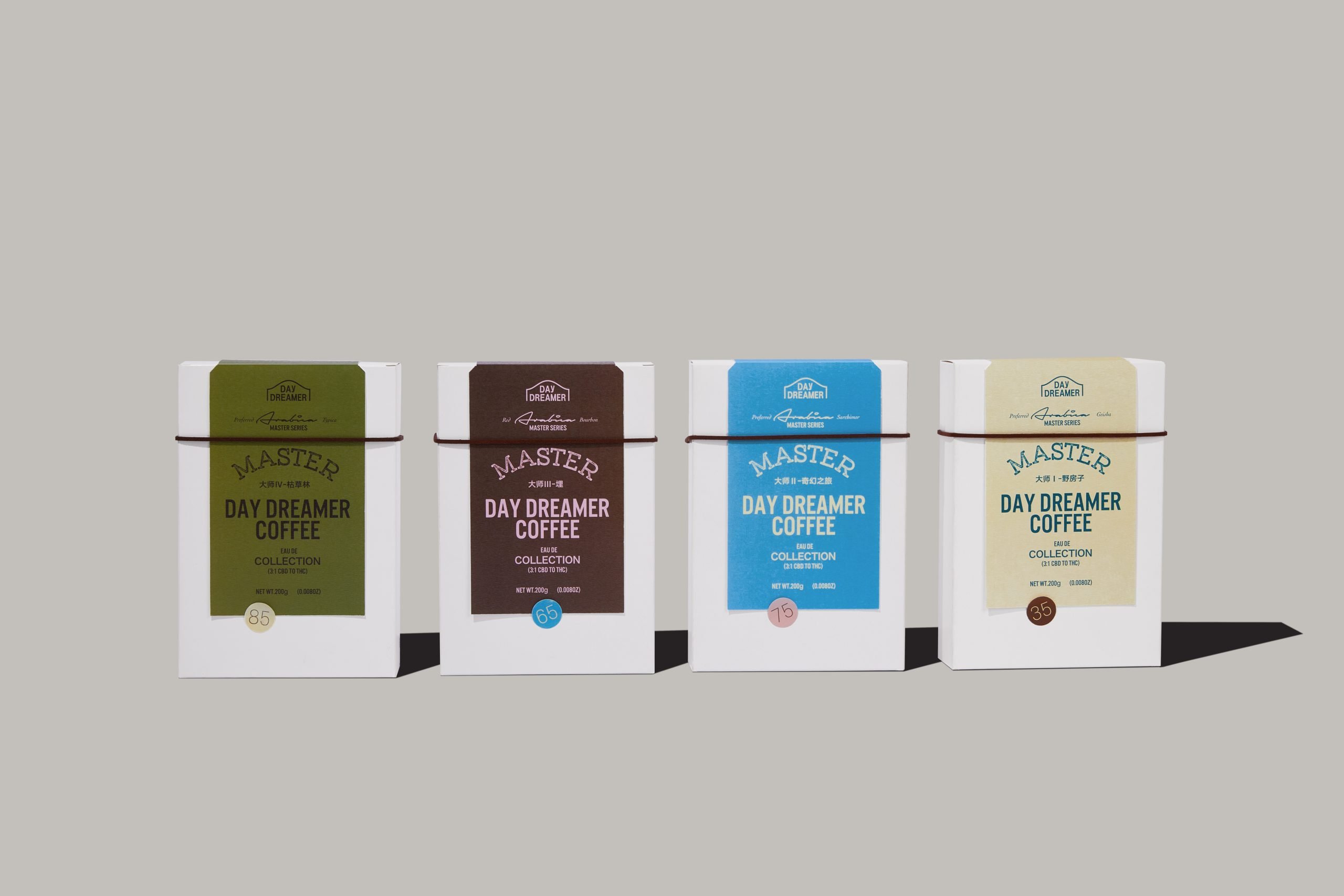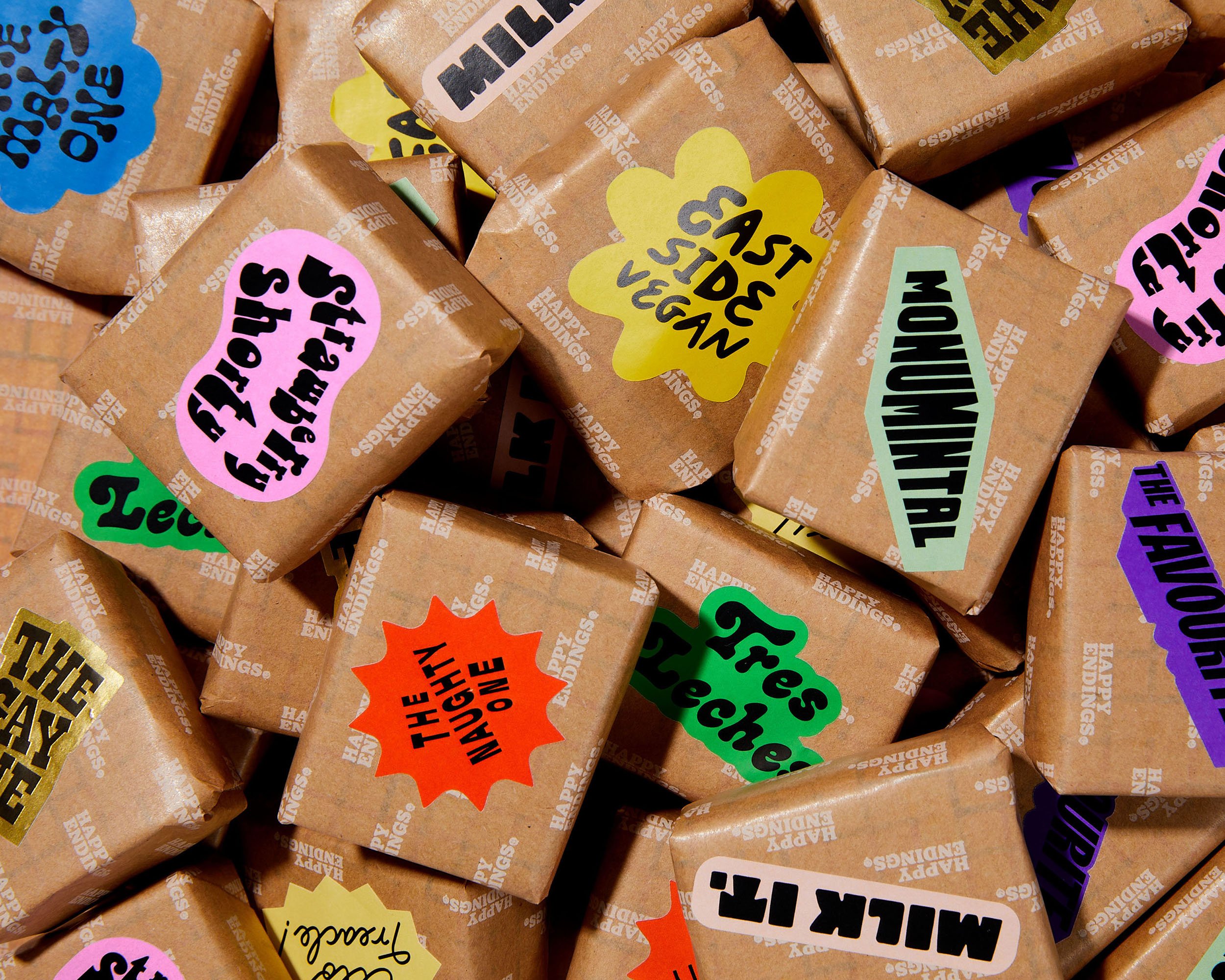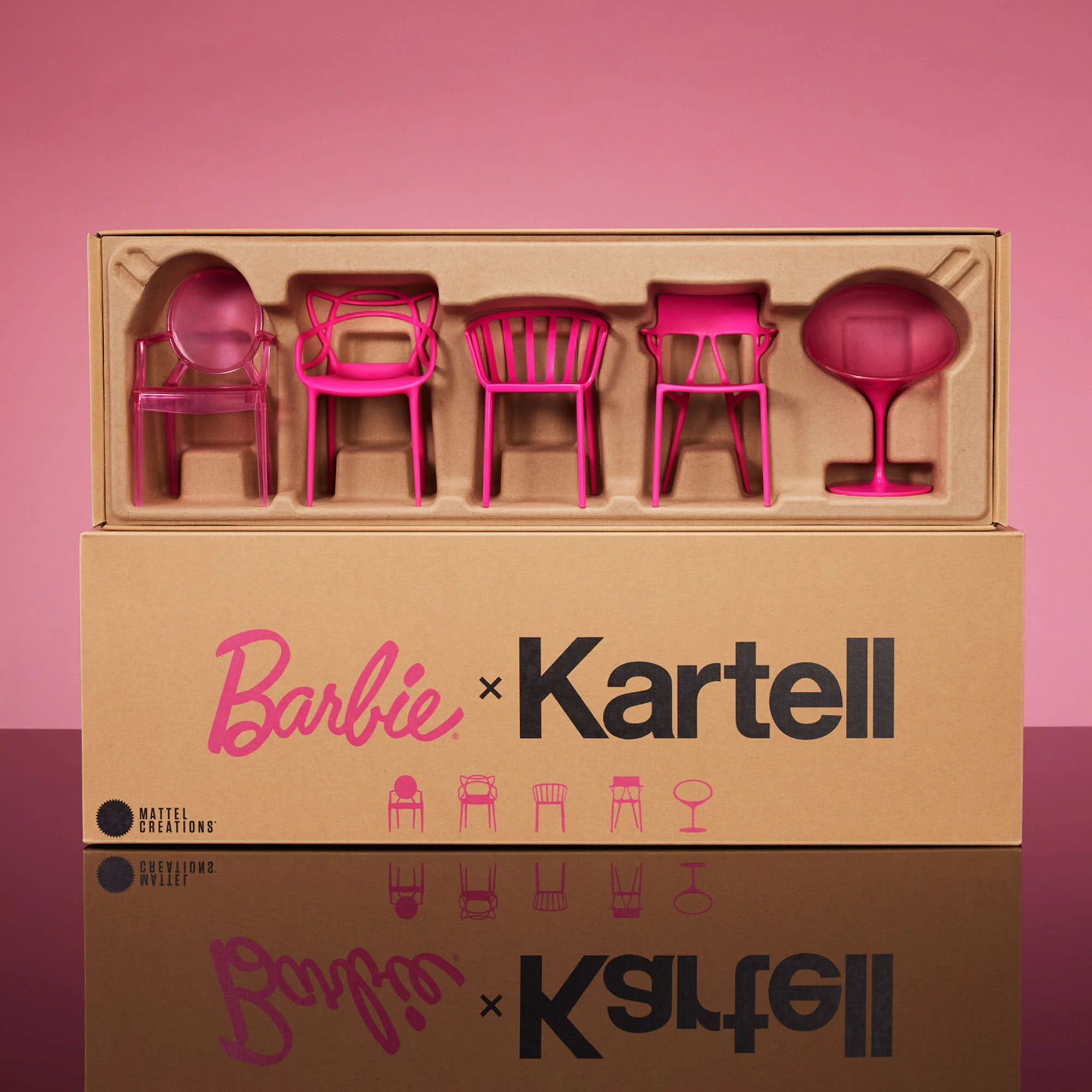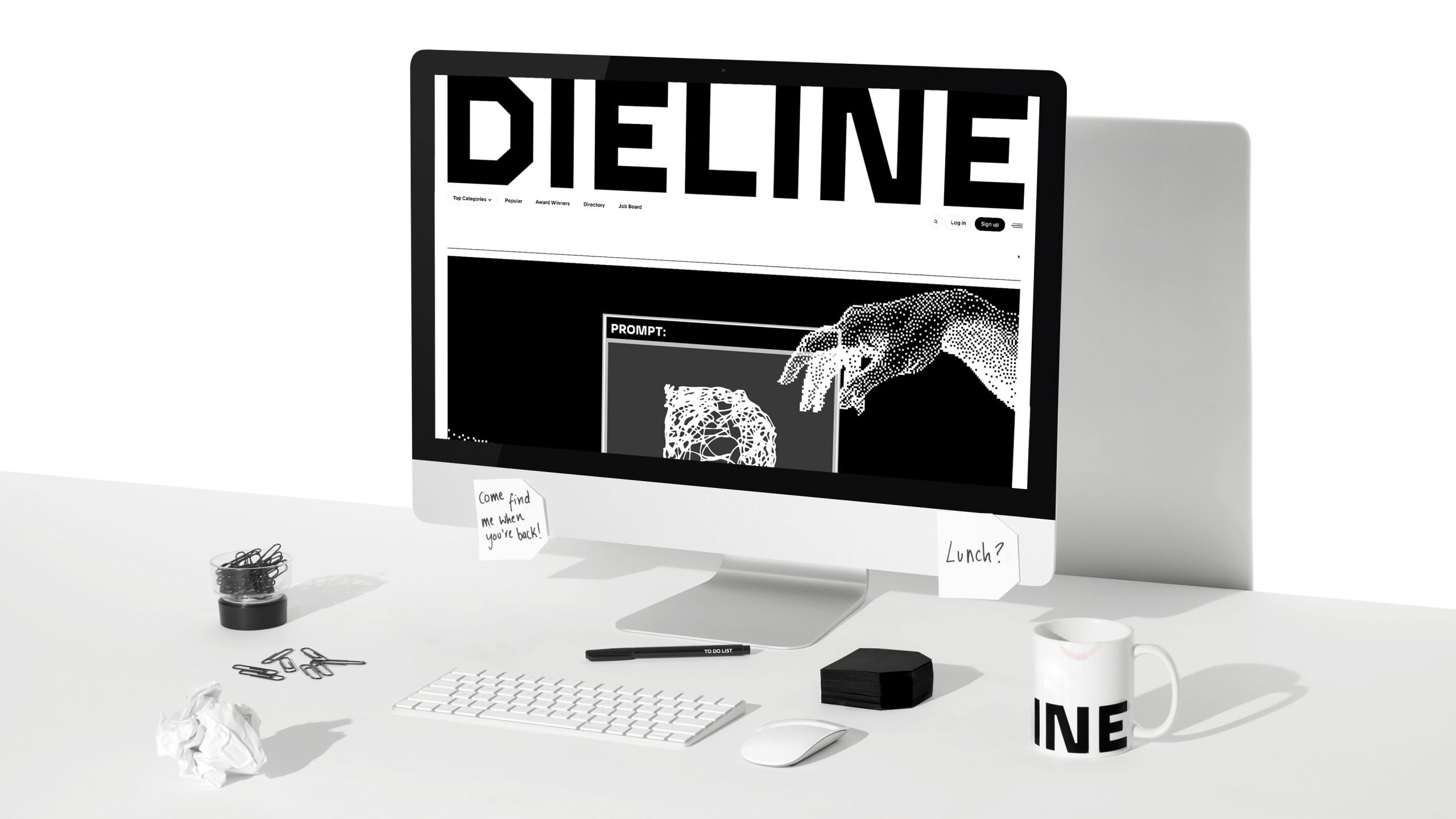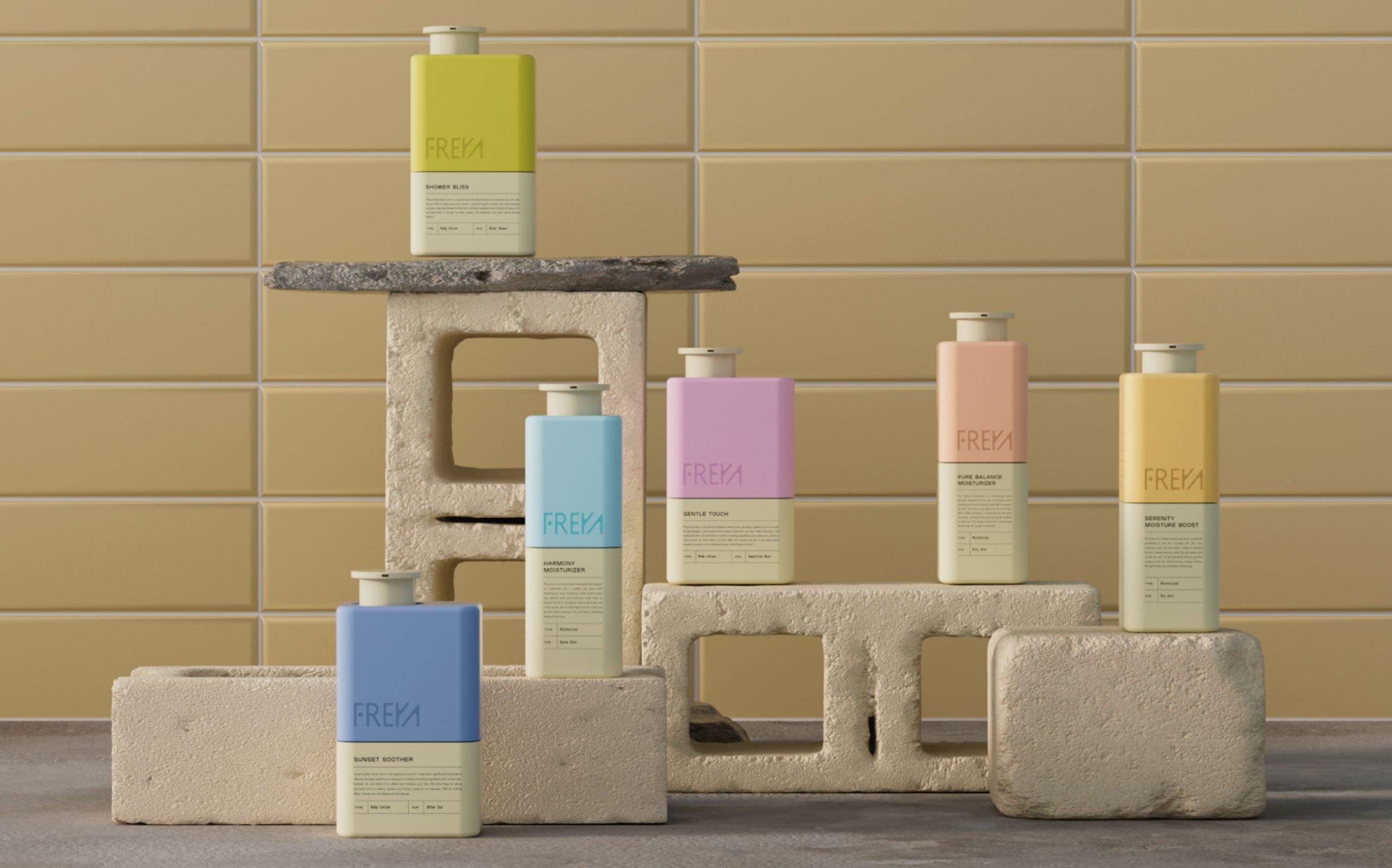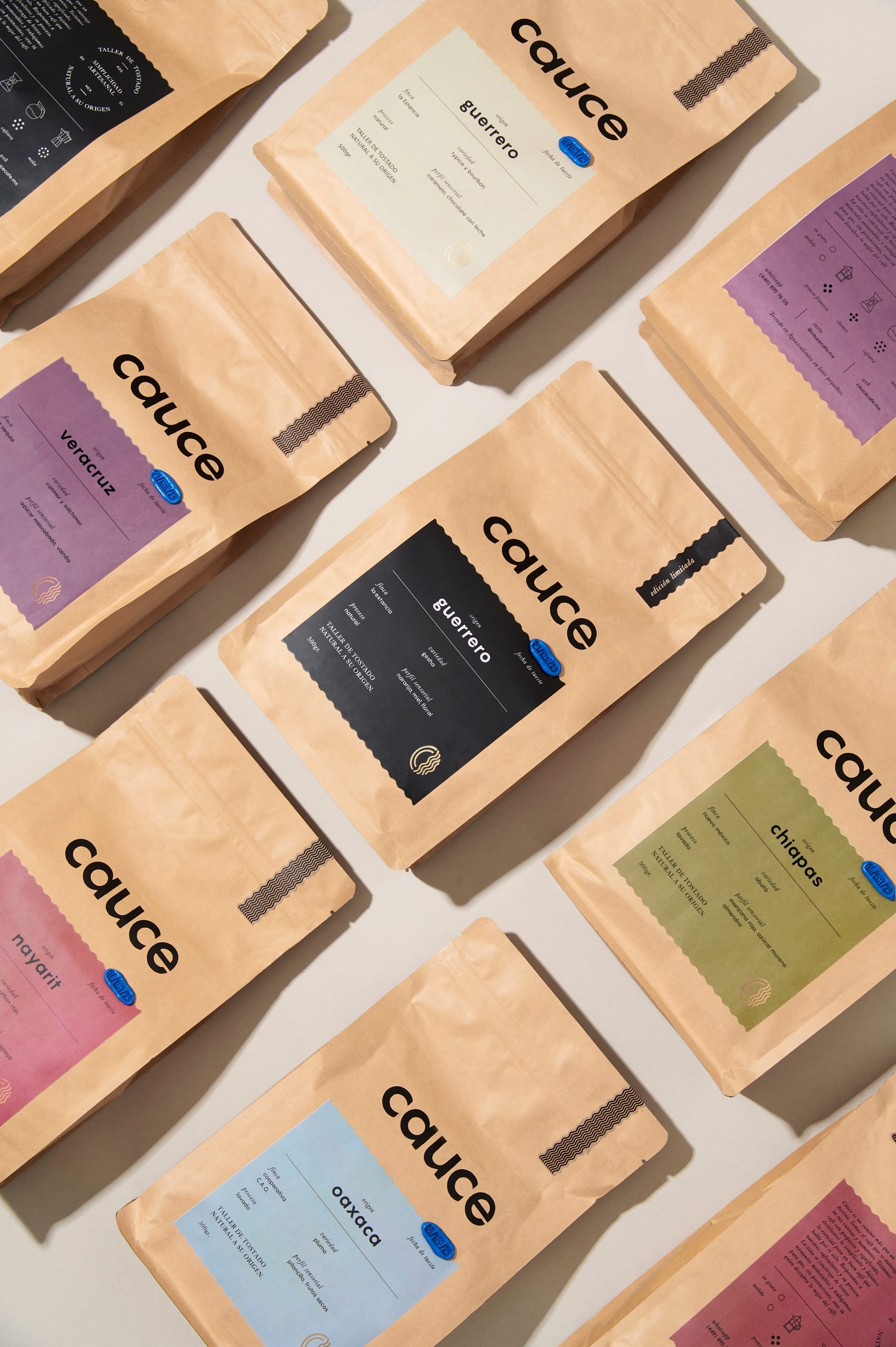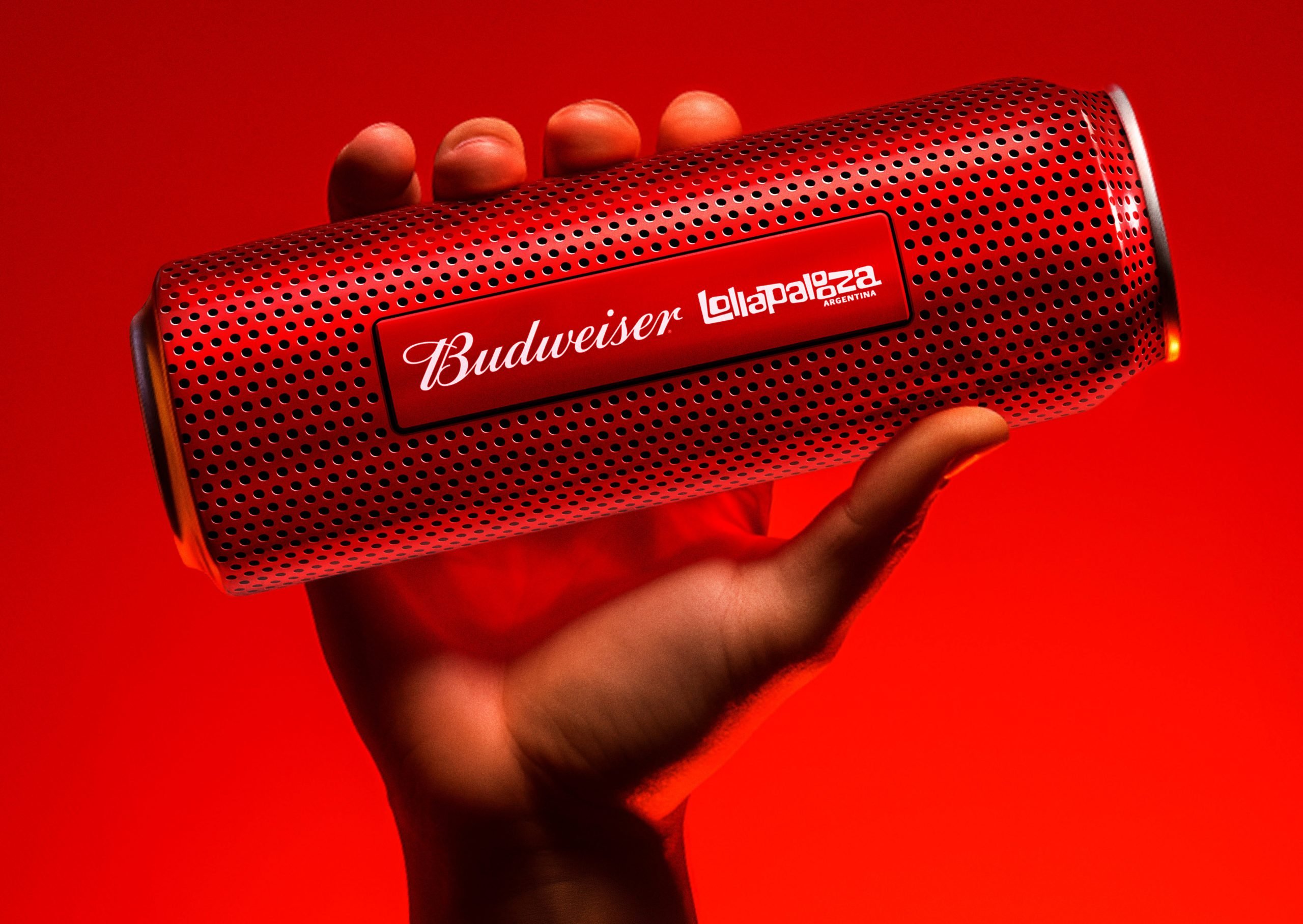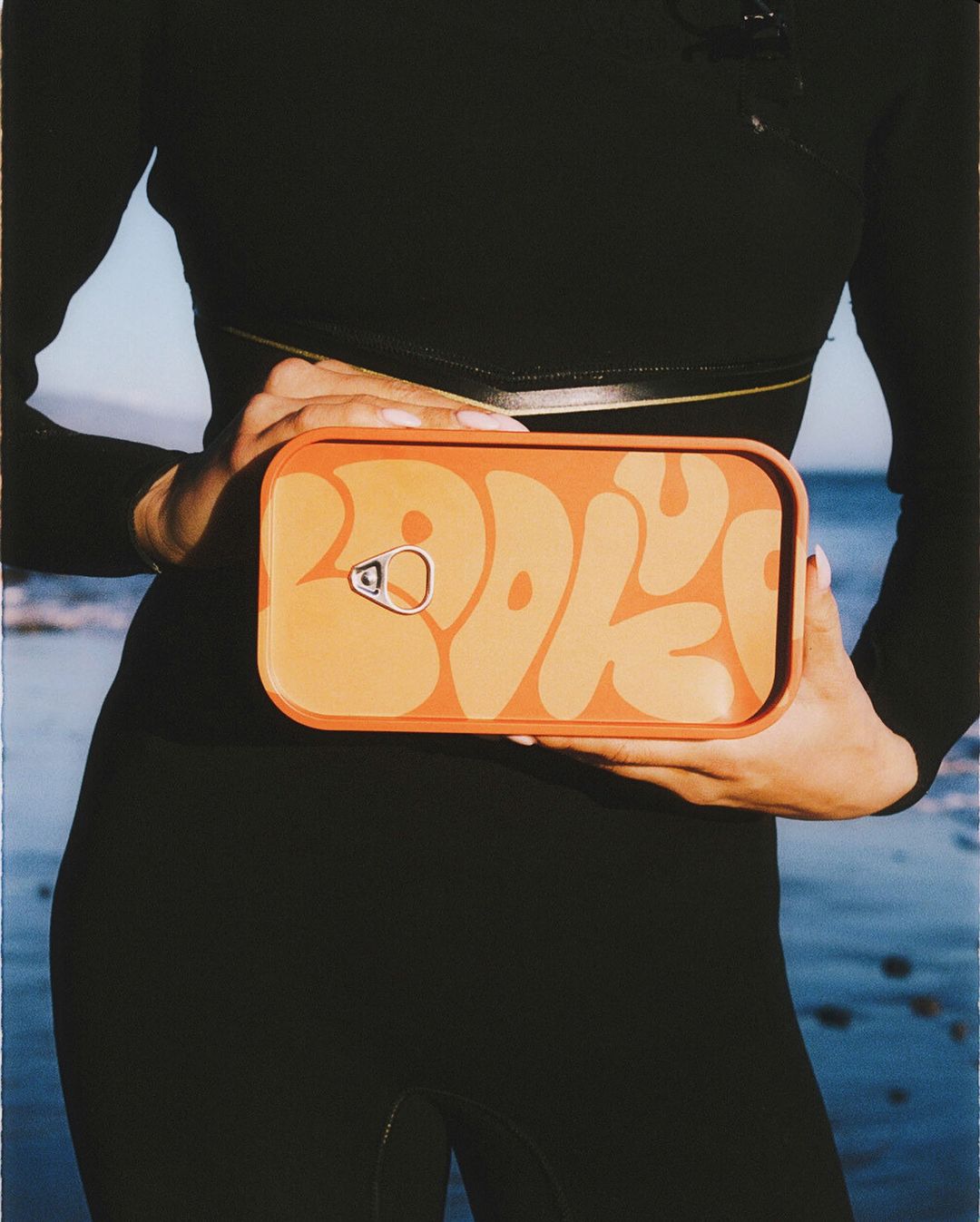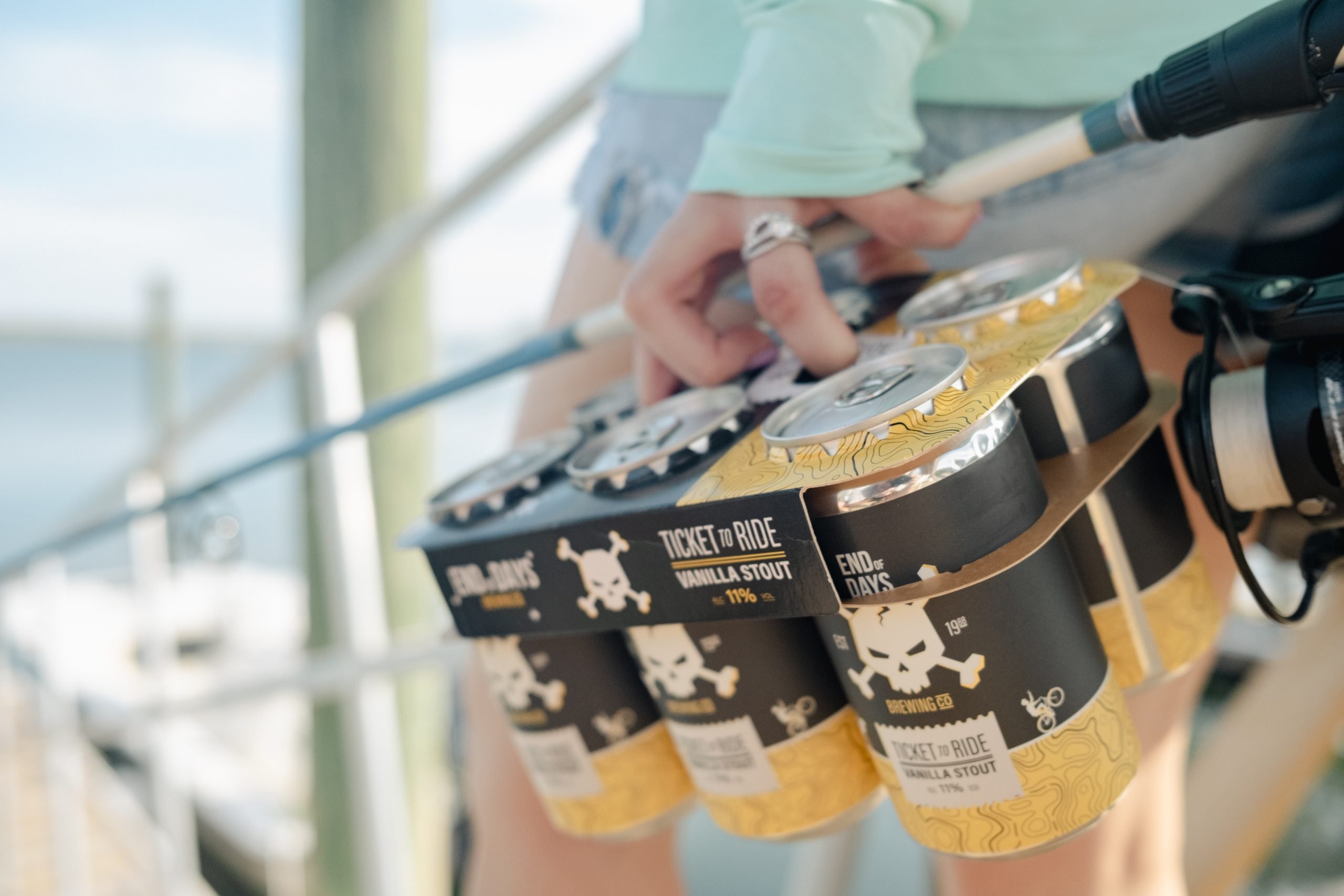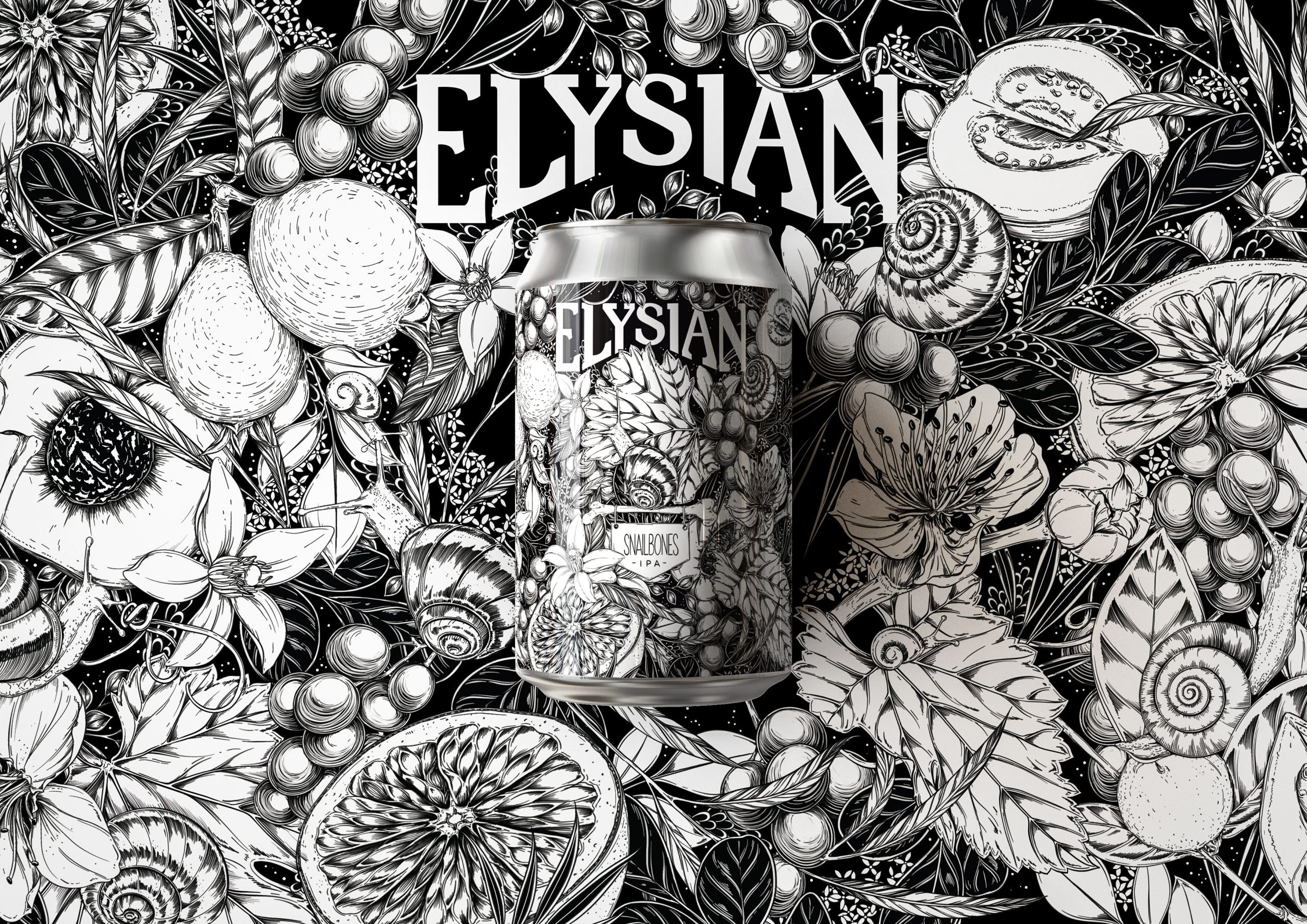There was a study done in 1995 that showed that around 70% of all consumer purchasing decisions are made “at shelf” Another showed that around 80% of all consumer packaged goods (CPG) launches failed within 2 years.
What these statistics imply is that the way CPG companies typically go about conceiving, developing, and marketing products is broken. Remember that these are often colossal corporations with virtually unlimited resources. They have access to the best people and the best talent available, yet their average success rate is only 20%.
How could so many smart people get it so wrong?
